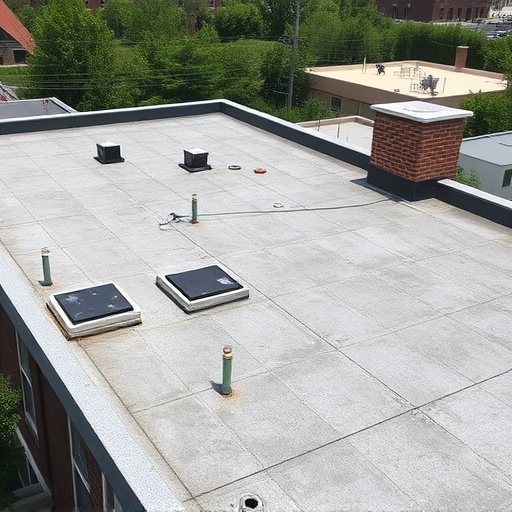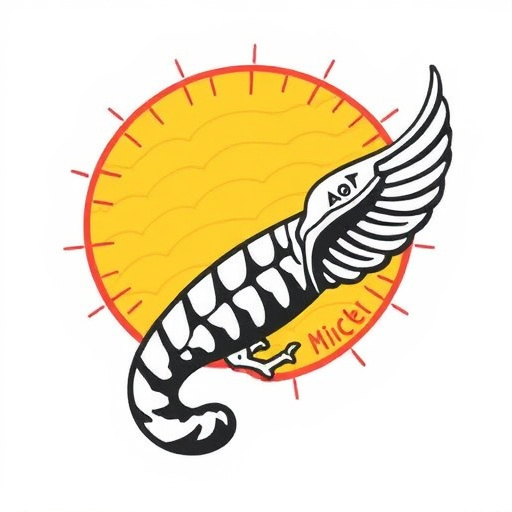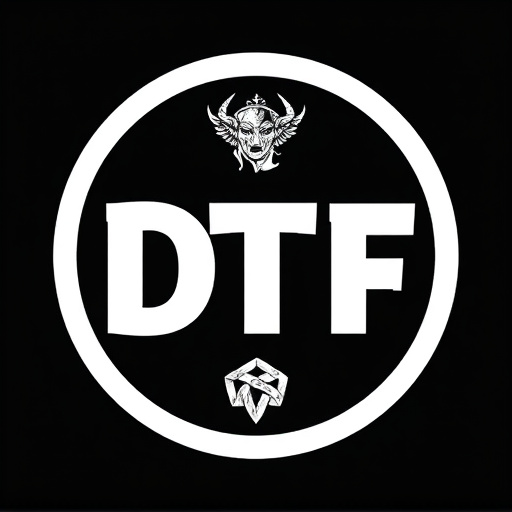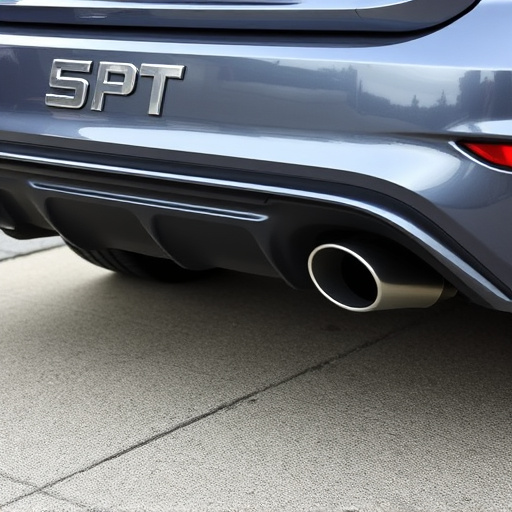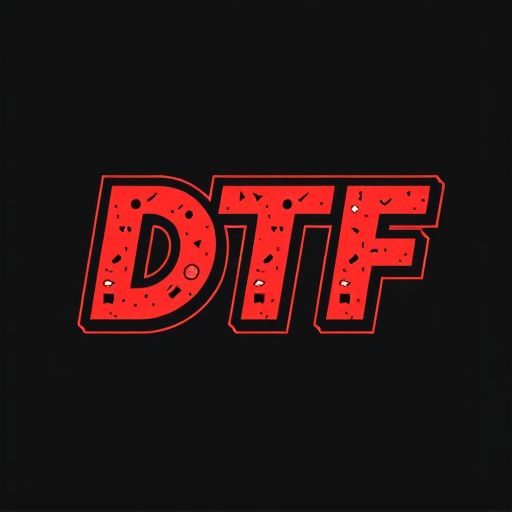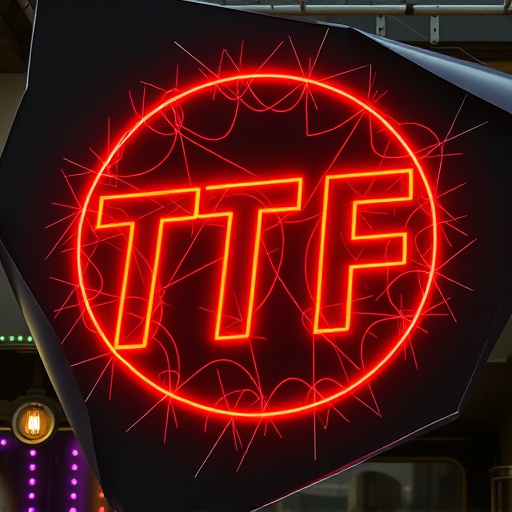DTF Garment Printing is a modern technique using digital artwork to create vivid prints on diverse fabrics without screen setup. It excels at producing rich colors on darker fabrics and is ideal for custom designs on hoodies and t-shirts. Fabric choice is crucial, with cotton and polyester blends offering best ink adhesion and wash durability. Optimizing heat press settings enhances fabric durability and soft touch while maintaining print quality.
Explore the best fabrics for effective DTF (Direct-to-Garment) garment printing with our comprehensive guide. Understanding the fundamentals of DTF printing is crucial, especially the impact of fabric choices on print quality. We delve into top material options, analyze factors affecting durability and softness, and offer insights to help you navigate this dynamic world. Elevate your printing process and achieve superior results using our expert recommendations tailored for DTF garment enthusiasts.
- Understanding DTF Garment Printing: Essential Basics
- Top Fabric Choices for Superior Print Quality
- Factors Affecting Durability and Softness in DTF Printing
Understanding DTF Garment Printing: Essential Basics

DTF Garment Printing is a direct-to-garment (DTG) method that allows for high-quality, vibrant printing on various fabrics. Unlike traditional screen printing, it doesn’t require setting up screens or specific fabric preparation. Instead, designers upload artwork digitally, which is then converted into a unique print file. This file is used to apply ink directly onto the garment’s surface using specialized printers. The process ensures precision and detail, making it ideal for custom designs on personalized hoodies, t-shirts, and more.
Understanding DTF printing involves grasping the technology behind it. It uses a dtf transfer film that acts as a carrier for the design. This film is precisely aligned with the garment before inkjet printers deposit pigmented inks onto it. The result is a crisp, clear print that resembles traditional screen printing but without the setup time and costs. For those seeking to print on darker fabrics, DTF offers an advantage over screen printing, as it can produce rich, vibrant colors even on black or dark garments.
Top Fabric Choices for Superior Print Quality

When it comes to achieving superior print quality in DTF (Direct-to-Fabric) garment printing, the fabric choices play a pivotal role. Opting for the right material ensures that your designs come to life vibrantly and lastingly on various garments. For exceptional results, consider fabrics with smooth surfaces and even textures, as these allow for precise ink adhesion. Cotton, for instance, remains a popular pick due to its breathability and ability to accept inks effectively, making it ideal for creating high-quality DTF transfers for clothing brands. Polyester fabrics also offer excellent printing capabilities, providing crisp lines and vibrant colors, which is crucial for intricate logos dft.
Additionally, blending cotton with small percentages of polyester can create a durable fabric that maintains its print quality even after multiple washes. This combination is especially beneficial for creating long-lasting DTF transfer sheets used in custom apparel design. The key to successful DTF printing lies in selecting fabrics that offer both excellent ink compatibility and wash durability, ensuring your printed garments look as good as new, even after repeated use.
Factors Affecting Durability and Softness in DTF Printing

The durability and softness of fabrics used in Direct to Garment (DTF) printing are influenced by several key factors. One of the primary considerations is the material’s composition. Fabrics made from natural fibers like cotton or linen tend to offer a softer touch, but they may require specific care and treatment to ensure longevity, especially when subjected to high-temperature processes like heat press for DTF printing. On the other hand, synthetic blends can provide enhanced durability while maintaining a comfortable feel, making them popular choices for DTF for custom graphic tees and t-shirts.
Another critical aspect is the printing method itself. The heat press temperature, pressure, and duration during DTF printing directly impact fabric durability. Higher heat and pressure can lead to better adhesion of the ink, but they may also cause the fibers to weaken or distort over time. Therefore, choosing the right fabric blend and optimizing print settings are essential for achieving both a soft touch and prolonged garment life in DTF for t-shirts.
DTF garment printing offers a vibrant, efficient way to create custom designs. By understanding the fundamentals and selecting the right fabrics, you can achieve superior print quality and ensure garments that are both durable and comfortable. The optimal fabric choices discussed in this article provide a strong foundation for successful DTF printing outcomes, catering to various preferences and applications.
